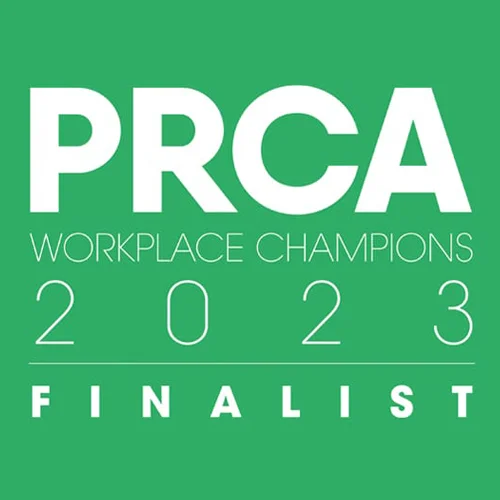Last month I wrote about why an SEO strategy is essential for business success. In this blog I’m going to dig deeper into one specific part of SEO – backlinks.
Backlinks (also known as inbound or incoming links) are links from one website to another and are an important factor in SEO.
A backlink is essentially a “vote” for a specific page. If lots of people find this blog useful and link back to it from their websites, Google and other search engines will recognise that and this blog will rank higher in organic search results.
I’m going to discuss how backlinks and PR work well together, but first let’s look at why backlinks are important.
Why are backlinks important?
As I said, backlinks are basically votes for a web page. The more you have, the better chance that page has of ranking higher in search results. That leads to more discoverability, and you’ll also get referral traffic from the link itself.
However, not all backlinks are created equal. These are some of the factors that make a high-quality backlink:
- Authority – we don’t know exactly how search engines attribute page authority with backlinks, but getting a backlink from a page with a high authority is generally preferable to a page with weak authority. Or to put it another way, getting a backlink from the BBC will be more valuable than from a local newspaper website.
- Relevance – if you’re an FM company, then a backlink from Facilitate is more valuable than one from ESPN – even if the latter has a higher domain authority. That’s because Facilitate is more relevant and users are more likely to follow that link.
- Unique domains – If you already have one backlink from a domain, any further backlinks carry much less weight. That doesn’t mean you shouldn’t pursue multiple backlinks from the same site, but it’s worth trying to get backlinks from new domains. Backlinko found that the number of domains linking to a page had a correlation with rankings.
- Anchor text – this is the text that forms the visible part of a link. For example, if the link says ‘click here’, that doesn’t make it clear where the link leads to. If the link says ‘Contact us today’ you can be pretty sure it leads to a contact page.
- Placement – A backlink in the body of content is better than one in the footer as more people are likely to click on it.
Since backlinks are created by someone from another company, it can be hard to check all the boxes. However, it can be done, and PR can help.
Backlinks and PR
If you have a PR and communications strategy, then you are likely already placing content with relevant websites.
At Magenta, we make sure that we ask a reporter for a backlink whenever we place an article or secure a quote for a client. Not every reporter will oblige, but many do and that’s a simple way to keep a steady stream of backlinks coming in.
Though we have a core set of trade titles that we regularly work with, we are constantly on the lookout for new titles that are relevant and have a good domain authority. That has the dual result of getting in front of new audiences and improving SEO for our client’s websites.
Another tactic is to create linkable assets – content that other people will find useful and will link back to. We regularly create free communications guides and make them available on our website. If you align your content and SEO strategy, you can create a highly valuable asset that will generate a lot of backlinks.
A good rule of thumb is that the higher value backlinks are harder to earn. But a good backlink strategy at part of a wider SEO programme will help you build a strong backlink profile.
At Magenta, we offer SEO services that integrate with traditional PR and communications. Contact us today to chat about how we can support your business. And be sure to check back on our blog for more SEO advice!








